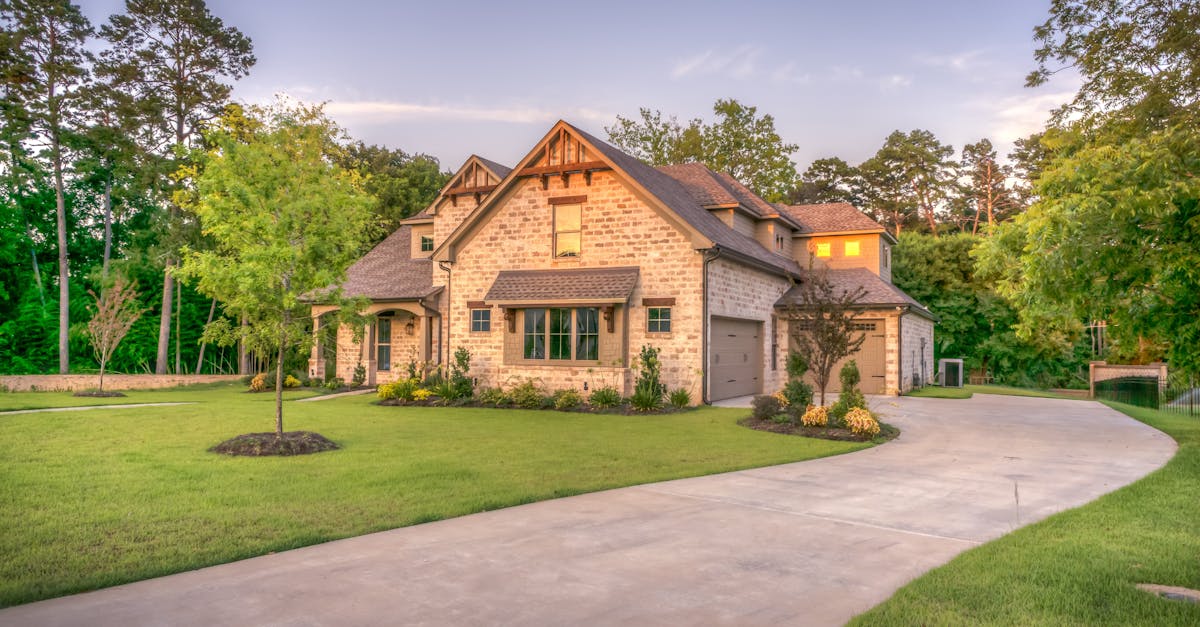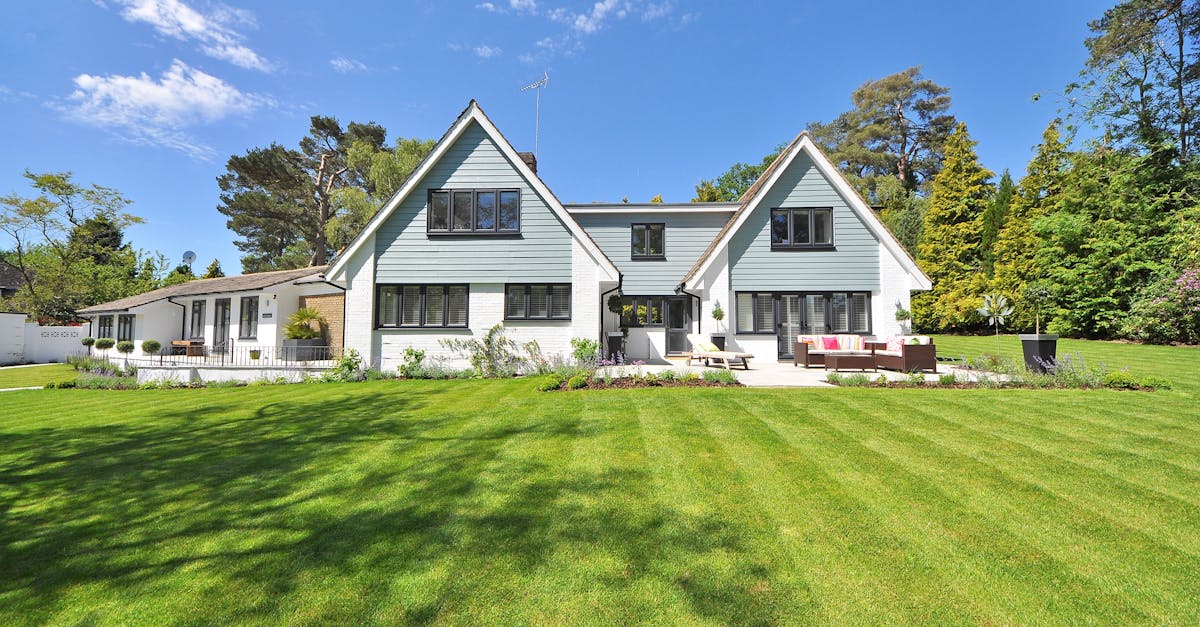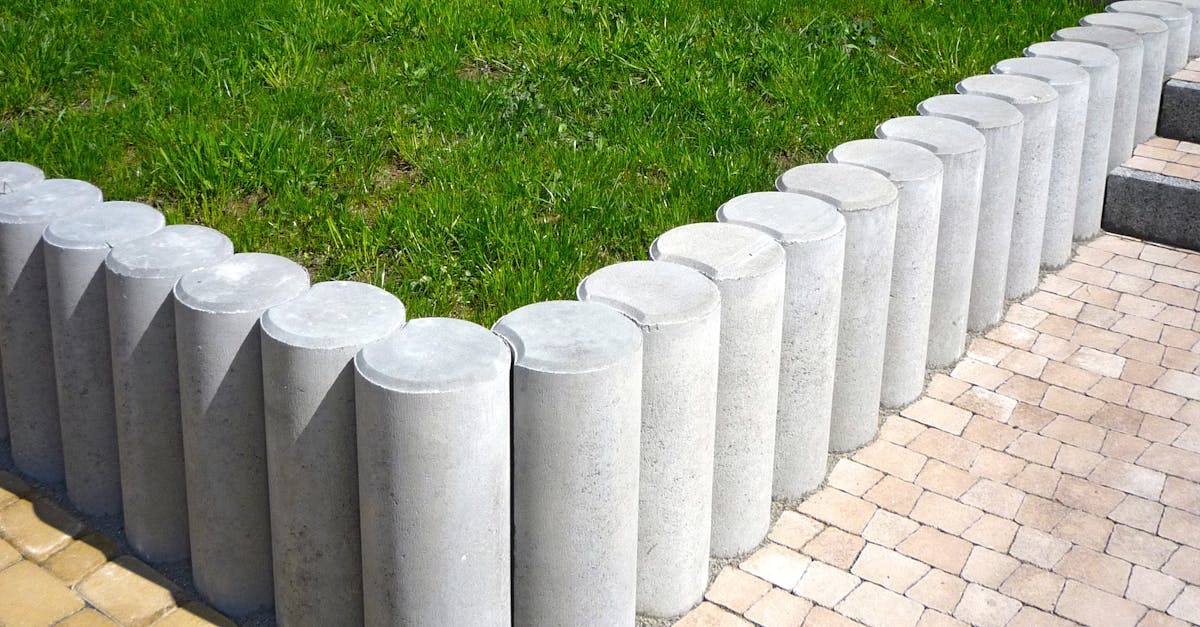
Table Of Contents
Design Versatility of Different Paver Materials
Paver materials offer exceptional design versatility for hardscaping projects, allowing homeowners to create unique outdoor spaces that suit their style and preferences. Whether you prefer the classic look of brick pavers, the natural beauty of stone, or the modern appeal of concrete pavers, there are countless options to choose from. Each material brings its own texture, color variations, and patterns to the design, giving you the freedom to customize your patio to reflect your personal taste.
Furthermore, paver materials can be arranged in various layouts, such as herringbone, running bond, or basket weave patterns, to add visual interest and enhance the overall aesthetic of your outdoor space. By combining different paver shapes and colors, you can create intricate designs that complement your home's architecture and landscaping. The design versatility of different paver materials allows for endless possibilities, ensuring that your patio becomes a unique and inviting extension of your living space.
Travertine Pavers
Travertine pavers are a popular choice for hardscaping due to their luxurious appearance and natural beauty. These pavers offer a timeless elegance that can enhance the overall aesthetic of your patio. With a variety of color options available, such as ivory, beige, and walnut, travertine pavers can complement any outdoor design scheme seamlessly.
In addition to their visual appeal, travertine pavers are durable and long-lasting, making them a practical choice for outdoor spaces. These pavers are resistant to heat, making them ideal for sunny patio areas. They are also slip-resistant, providing a safe surface for walking even when wet. With proper maintenance, travertine pavers can withstand the elements and retain their beauty for years to come.
Paver Material Installation Considerations
When it comes to choosing the right paver material for your patio, installation considerations play a crucial role in the decision-making process. Installing pavers involves several steps such as excavation, base preparation, edge restraints, laying the pavers, and finishing touches. Each of these steps requires attention to detail to ensure a durable and visually appealing patio for your outdoor space.
One key factor to consider during paver material installation is the type of hardscaping design you envision for your patio. Different materials have unique installation requirements based on their size, shape, and interlocking mechanisms. Whether you opt for interlocking concrete pavers, natural stone pavers, or brick pavers, understanding the installation process and requirements specific to each material is essential for a successful patio project.
Interlocking Concrete Pavers
Interlocking concrete pavers are a popular choice for patios due to their durability and versatility. These pavers are manufactured to interlock with each other, creating a stable surface that can withstand heavy foot traffic and varying weather conditions. The interlocking design also helps prevent shifting and settling of the pavers over time, ensuring a long-lasting patio surface for your outdoor space.
One of the key advantages of interlocking concrete pavers is their ease of installation. The installation process typically involves laying a compacted base, placing a layer of sand or gravel, and then interlocking the concrete pavers in the desired pattern. This straightforward installation method makes interlocking concrete pavers a great option for DIY hardscaping projects or for hiring professionals to create a custom patio design tailored to your outdoor space.
EcoFriendly Paver Material Options
When considering eco-friendly options for your patio project, rubber pavers are a sustainable choice worth exploring. Made from recycled materials like old tires, rubber pavers provide a durable and slip-resistant surface for outdoor spaces. These pavers are known for their shock-absorbing properties, making them ideal for areas where comfort underfoot is desired. In addition to their environmental benefits, rubber pavers are easy to install and maintain, adding to their appeal for hardscaping projects.
Another eco-conscious option for hardscaping is permeable pavers. These pavers are designed to allow water to pass through the surface and into the ground below, reducing stormwater runoff and helping to replenish groundwater. By choosing permeable pavers for your patio, you can contribute to water conservation efforts while also enjoying a visually appealing and functional outdoor space. Consider the environmental impact of your paver material choice and opt for eco-friendly options that align with your sustainability goals.
Rubber Pavers
Rubber pavers have gained popularity in recent years due to their unique qualities and benefits in hardscaping. These pavers are made from recycled rubber materials, making them an environmentally friendly option for outdoor spaces. They offer excellent durability and can withstand heavy foot traffic, making them ideal for patios, walkways, and even playgrounds. Additionally, rubber pavers provide a comfortable surface to walk on, as they have a slight cushioning effect. This feature makes them a great choice for areas where people will be standing for extended periods.
Another advantage of rubber pavers is their slip-resistant surface, which adds a safety element to your outdoor space. This is particularly beneficial for areas that may be exposed to water, such as poolside patios or outdoor kitchen spaces. Additionally, the installation of rubber pavers is relatively simple and can be done DIY or by a professional. Their interlocking design allows for easy placement and ensures a secure fit, creating a seamless and polished look for your hardscaping project.
FAQS
What factors should I consider when choosing a paver material for my patio?
When choosing a paver material for your patio, consider factors such as the overall design of your outdoor space, the durability of the material, maintenance requirements, and your budget.
How do I determine the design versatility of different paver materials?
The design versatility of paver materials can be determined by looking at the range of colors, shapes, and textures available. Materials like travertine pavers offer a natural, elegant look while interlocking concrete pavers provide a more contemporary aesthetic.
Are there any eco-friendly options for paver materials?
Yes, there are eco-friendly paver material options available for patios. Materials like rubber pavers are made from recycled materials and offer a sustainable choice for outdoor spaces.
What are some installation considerations to keep in mind when choosing a paver material?
When choosing a paver material for your patio, consider the installation requirements such as the complexity of the installation process, the need for a professional installer, and the time it will take to complete the project.
How can I ensure that the paver material I choose is suitable for my climate?
To ensure that the paver material you choose is suitable for your climate, consider factors such as freeze-thaw resistance, heat resistance, and the ability to withstand harsh weather conditions in your area. It's important to select a material that can withstand the climate where you live.


